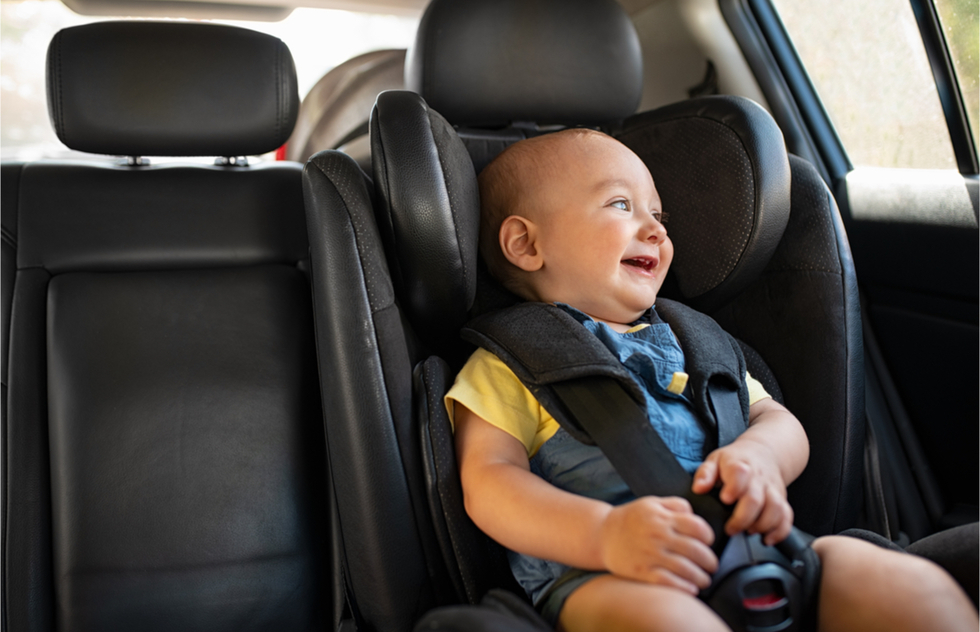Ensuring the safety of your child during car journeys is a top priority for any parent or caregiver. A safety car seat is a crucial tool that can significantly reduce the risk of injuries in case of accidents. With a plethora of options available, selecting the right safety car seat can be overwhelming. In this comprehensive guide, we will explore the essential features, considerations, and tips to help you choose the safest car seat for your precious cargo.
Why Safety Car Seats Matter
Car accidents can happen unexpectedly, and the impact can be devastating. Safety car seats are designed to provide protection by minimizing the impact forces on a child’s vulnerable body during a collision. These seats are engineered to distribute the crash forces over the strongest parts of a child’s body, such as the shoulders, hips, and chest, reducing the risk of severe injuries.
Key Features of a Safety Car Seat
When evaluating safety car seats, consider the following features that contribute to their effectiveness:
1. Side-Impact Protection: Look for seats with additional padding and energy-absorbing materials to shield your child from side collisions.
2. Five-Point Harness System: A five-point harness secures your child at five crucial points—both shoulders, hips, and crotch—distributing crash forces more evenly.
3. Adjustable Headrest and Harness: An adjustable headrest and harness allow you to customize the fit as your child grows, ensuring a snug and secure fit at all times.
4. LATCH System: The Lower Anchors and Tethers for Children (LATCH) system provides a secure way to attach the car seat to your vehicle, minimizing movement in case of sudden stops.
5. Energy-Absorbing Foam: Car seats with energy-absorbing foam can help reduce the impact forces transmitted to your child during a collision.
6. Steel Reinforcement: Seats with steel frames or reinforced components offer enhanced structural integrity and better protection in crashes.
Considerations When Choosing a Safety Car Seat
1. Age, Weight, and Height: Ensure the car seat is appropriate for your child’s age, weight, and height. This information is usually provided by the manufacturer.
2. Type of Car Seat: Choose between rear-facing, forward-facing, and booster seats based on your child’s developmental stage.
3. Installation: Proper installation is paramount. Follow the manufacturer’s instructions carefully or consult a certified technician for assistance.
4. Ease of Use: A car seat that’s easy to install, adjust, and use correctly every time is crucial for its effectiveness.
5. Crash Test Ratings: Research the car seat’s crash test ratings from organizations such as the National Highway Traffic Safety Administration (NHTSA) to assess its safety performance.
6. Longevity: Consider convertible car seats that can be adjusted as your child grows, allowing you to use the same seat for an extended period.
Tips for Ensuring Car Seat Safety
- Register your car seat with the manufacturer to receive recall notifications and important updates.
- Regularly inspect your car seat for signs of wear and tear. Replace it if any components are damaged.
- Ensure that the car seat is tightly secured and does not move more than an inch in any direction.
- Remove bulky clothing before strapping your child into the car seat to ensure a snug fit.
- Encourage all passengers to buckle up, setting a positive example for your child.
In Conclusion
Selecting a safety car seat is an investment in your child’s well-being. By focusing on key features, adhering to age and size guidelines, and ensuring proper installation, you provide your child with the best protection possible during car journeys. Remember that safety car seats are not just a legal requirement; they are an essential tool for keeping your child safe and secure on the road.









































